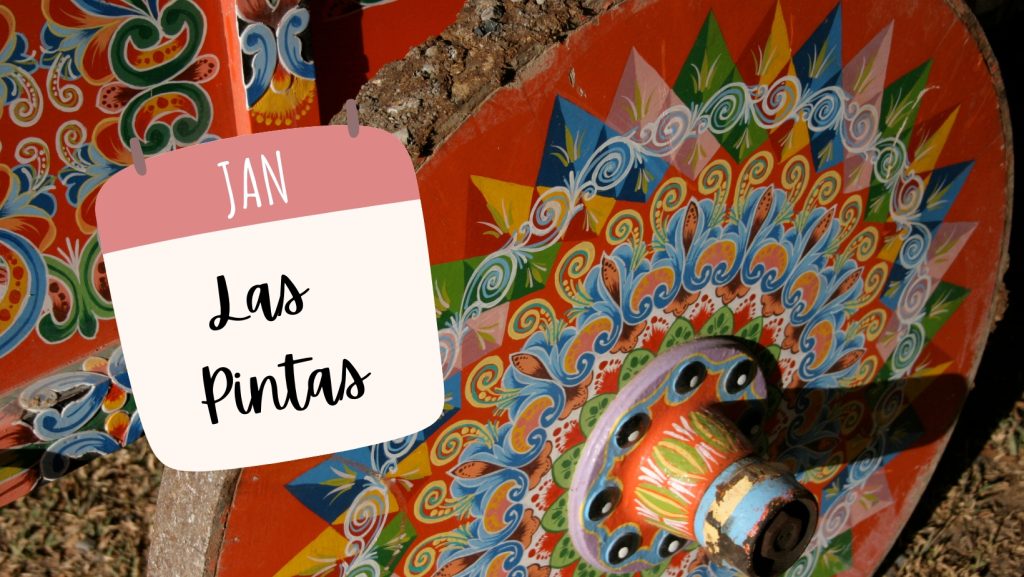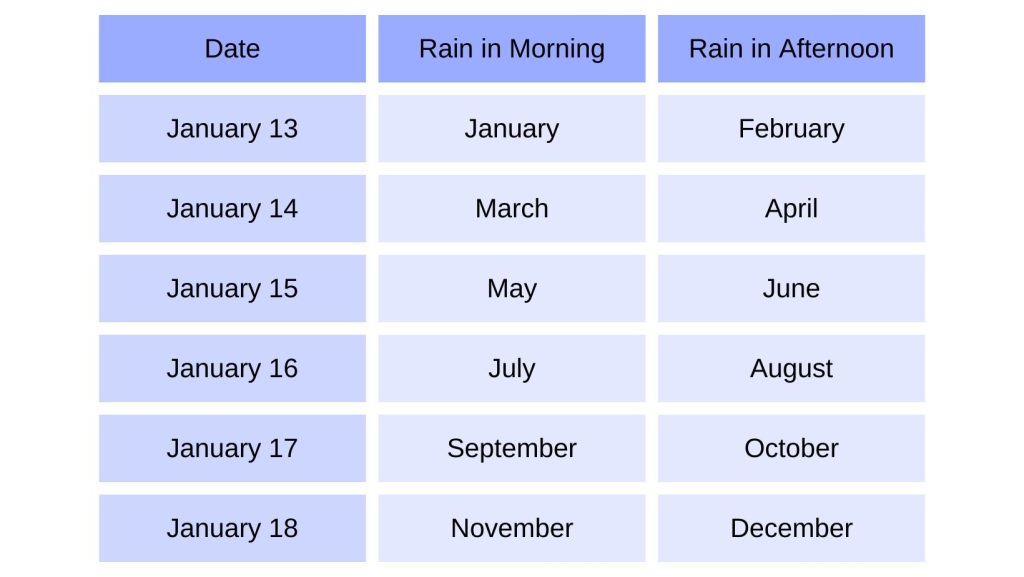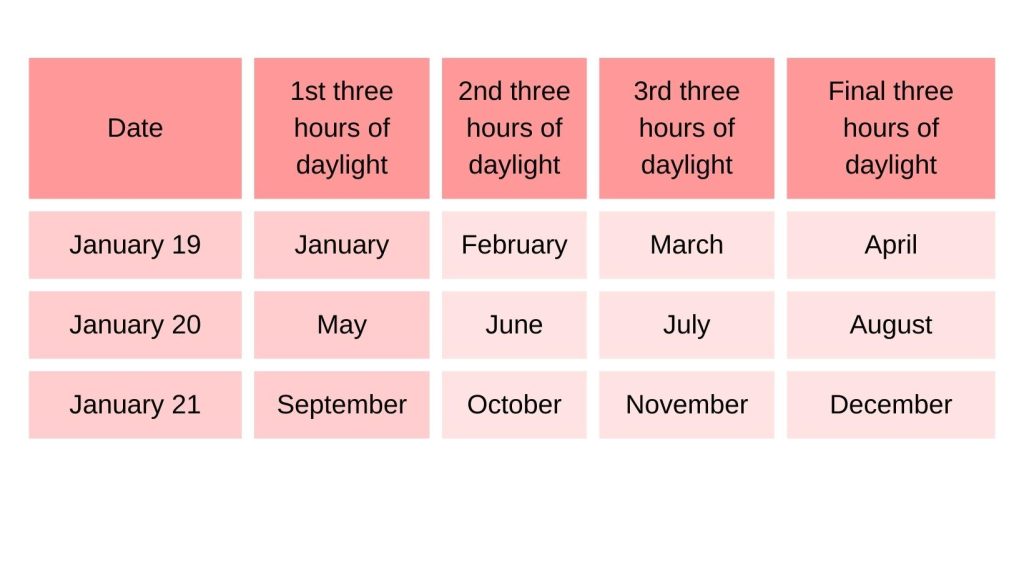Las Pintas: A Costa Rican Folklore mixing Math and Rain

According to Costa Rican folklore, rainfall during the first 21 days of January paints a vivid picture of the amount of rainfall set to arrive during the subsequent 12 months.
Locals call this tradition “Las Pintas,” and in English it’s referred to as “paints and repaints.” Now, if you’re dreaming about taking a relaxing tropical trip to one of our luxurious vacation villas in the southern zone of Costa Rica, you’re probably thinking: “Wait, it rains in January?!”
While January technically falls into the “dry season” category — basically the beginning of summer — it’s not uncommon to experience a passing rainshower here or there, in the morning or afternoon, thus making this area a thriving, lush rainforest. And for the Costa Ricans of olden times, particularly those invested in agricultural endeavors, these light showers sprinkled throughout the early days of the new year served as a predictor of the weather to come.
This tradition was taken quite seriously at a time when crop mismanagement meant the difference between eating or not. A true rompecabeza (puzzle), here’s the painstaking formula one can use to try and predict rainfall in Costa Rica:
Las Pintas – Initial 12 Days of January
The occurrence of rainfall during the first 12 days of January corresponds to the months of the year. This means that January 1 corresponds to the month of January, January 2nd corresponds to the month of February, January 3rd corresponds to the month of March, and all the way to January 12th, which — you guessed it — corresponds to the month of December.
“Repaints” from January 13 – 18
That was the easy part. But here’s where the “repaints” come in and things get quite tricky.

According to legend, the next six days of the month, beginning on January 13th and ending January 18th, serve to “repaint” the initial data and add some clarity.
For example: We’ve already established that rainfall on January 4th predicts that the month of April will have rainfall. Next, you’d need to pay attention on January 14th… if the rain falls in the morning, it corresponds to March. But if on January 14th the rain falls in the afternoon, it corresponds with April again. This provides a second point of data that April will bring some showers. Repaints continue in this manner, with the morning of January 15th “painting” May, and the afternoon weather corresponding to June. On January 18, the morning weather corresponds to November and the afternoon climate to December.
Fully comprehending these “repaints” doesn’t require a PhD but it should.
Final Layer of Analysis January 19-21

For the final layer, we need to analyze rainfall from January 19th through the 21st.
The Las Pintas tradition calls for dividing the daylight hours of each day, January 19, 20 and 21st, into four parts. There are 12 hours of daylight in total per day. Dividing each day by four gives us four, 3-hour windows. Each of these 3-hour windows corresponds to a different month of the year.
To continue with our example from above, on January 19th the initial three hours of daylight correspond to January; the second three-hour block of daylight corresponds to February; the third block to March and the fourth to April. So if you observe rain on January 19th during the final 3-hour block of daylight, this corresponds to the month April. (The daylight hours of January 20th then correspond to the months of May-August and the daylight hours of January 21st to September-December).
To get the final results of Las Pintas…
You would then take these three points of data to determine what the coming April rainfall will be like:
- Did it rain on January 4th?
- Did it rain on the afternoon of January 14th?
- Did it rain on January 19th during the final 3-hour-block of daylight hours?
If your answers are all yes, then you can bet on some rain in April, according to legend.
It’s important to note that the National Meteorological Institute has commented that this Costa Rican tradition is not supported by any scientific study, while historian Dionisio Cabal thinks that the practice may have worked or it wouldn’t have continued throughout history.
We can’t decide. You be the judge!
If you participate in the tradition of Las Pintas this January, let us know in the comments which months will be the rainy ones so we can all prepare to stay dry.



